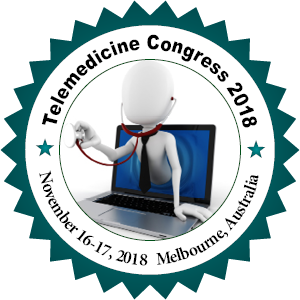
Anatoly Petrenko
Igor Sikorsky Kyiv Polytechnic Institute, Ukraine
Title: Personal healthcare platform for chronic diseases with mobile self-management support
Biography
Biography: Anatoly Petrenko
Abstract
Cloud SaaS for supporting individual healthcare for asthma patients by providing the interaction of the doctor and the patient in the treatment process. It will be built as microservice system which includes:
- microservices for physical data traction (breath monitoring, heart rate);
- microservice for air pollution monitoring;
- microservice for warning user before critical state coming;
- microservice for encrypting and storing data in publicly accessible blockchain;
- containers for integration executing microservices and integration them with local PHR services.
The SaaS will consist of wearable device for air monitoring (air contents+dust sensors with Bluetooth connection module) connected to user’s smartphone which will upload collected data also from body wearable devices (wheezometer, peakflow meter, etc.) and transfer them to SaaS. Smartphone is also capable for tracking user’s breath and local detection of exacerbation of asthma and delivering recommendations based on data analysis. With advancements in technology, home telemonitoring has become an effective and reliable approach that is well accepted by patients and supports patient care at home. Mobile asthma management tools target those who suffer from asthma attacks, especially children; in order to help them avoid attack inducing allergen areas and help them better control and treat their asthma symptoms. They can help to reduce asthma attacks, which could prevent unnecessary hospital readmissions and decrease the number of hospital admissions due to preventable asthma complications. Depending on particular requirements the m-application can be scaled from the corporate (national) scale of patients care with asthma to the scale of supporting profile patients in a particular region. In addition there are possibilities to rearrange the system for supporting people with other diseases due to the system microservice architecture. Previous developments were monolithic applications, designed for a fixed HW infrastructure. The whole application has to be developed and deployed in one piece and the entire tier has to be retested and redeployed when something is changed. We were the first who start to investigate advantages of service-oriented architecture in mobile medicine.

